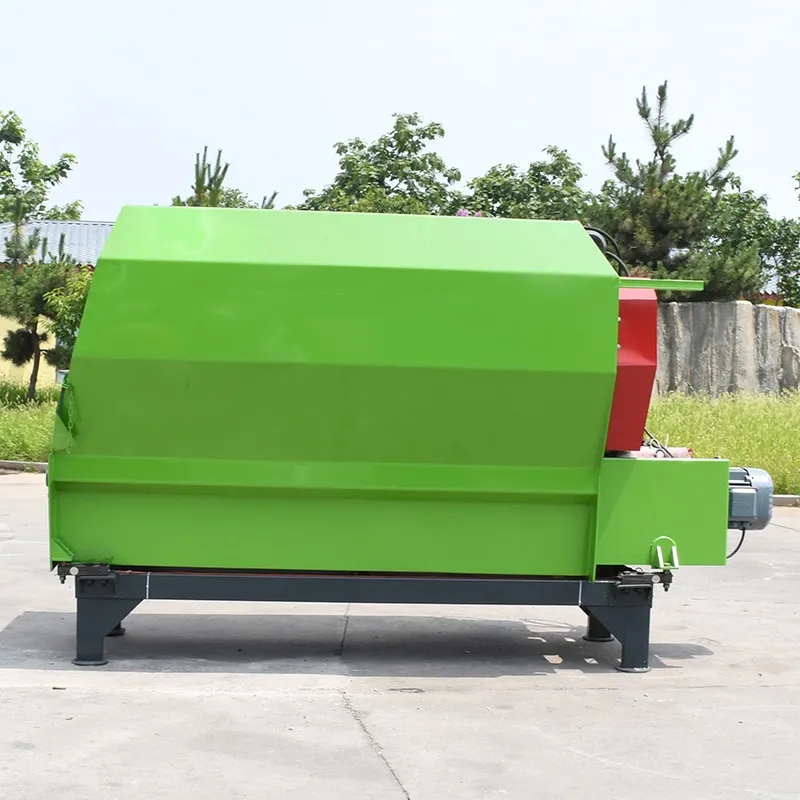Nutritional Benefits and Feeding Strategies of Total Mixed Ration for Goat Herds
Total Mixed Ration for Goats A Comprehensive Guide
Total Mixed Ration (TMR) is an efficient feeding strategy increasingly adopted in modern goat farming. It involves mixing all feed components into a single, homogenous diet, allowing goats to receive a balanced mix of nutrients in every bite. This method not only improves feed efficiency but also enhances the overall health and productivity of the herd.
Nutritional Balance
One of the primary benefits of TMR is the ability to provide a well-balanced diet tailored to the specific needs of goats. Goats require a mix of carbohydrates, proteins, fats, vitamins, and minerals for optimal growth, reproduction, and milk production. TMR allows farmers to incorporate various feed ingredients—such as hay, silage, grains, protein meals, and mineral supplements—ensuring that every goat gets the essential nutrients it requires. The uniformity of TMR minimizes the risk of malnutrition, which is often seen in traditional feeding methods where animals selectively graze or eat specific components of their diet.
Improved Feed Intake and Efficiency
When goats are fed TMR, they are more likely to consume their feed in a consistent manner. The palatability of a mixed ration encourages higher dry matter intake, which is crucial for maintaining energy levels, particularly in lactating does. Moreover, research has shown that TMR can improve feed conversion rates, meaning goats can be more productive on less feed, resulting in cost savings for farmers.
Enhanced Digestion and Health
total mixed ration for goats

Goat rumen health is pivotal for nutrient absorption and overall well-being. The uniformity of TMR helps promote a stable rumen environment by avoiding large fluctuations in pH levels that can occur with conventional feeding practices. A well-formulated TMR can enhance fiber digestion, which is essential for maintaining healthy rumen fermentation. Additionally, since TMR promotes a more desirable feeding rhythm, it can reduce instances of digestive disorders such as acidosis or bloat, leading to a healthier herd.
Labor Efficiency
From a management perspective, the TMR system can significantly reduce labor costs. Preparing and feeding a TMR is often more time-efficient than mixing and distributing individual feed components. With the use of mixers and automated feeding systems, farmers can save time and labor while ensuring that their goats receive a consistent and nutritious diet. This efficiency not only benefits the farm's bottom line but also allows farmers to focus on other important management practices.
Customization and Flexibility
One of the most attractive features of TMR is its flexibility. Farmers can easily adjust the formulation based on seasonality, availability of feed ingredients, and specific nutritional needs of the herd. For example, during lactation periods, the nutrient requirements of does will vary compared to dry does or growing kids. TMR can be modified accordingly, making it easier for farmers to optimize the nutritional profile of the feed throughout different growth stages and reproductive cycles.
Conclusion
Incorporating Total Mixed Ration in goat husbandry is a step towards modernizing and optimizing nutritional practices. By providing a balanced and palatable diet, improving feed efficiency, and promoting rumen health, TMR can lead to healthier goats and more productive herds. As goat farming continues to evolve, adopting advanced feeding strategies like TMR will be essential for meeting the growing demand for goat products while ensuring animal welfare and sustainable practices. For farmers looking to enhance the efficiency of their operations, investing in the development and implementation of a TMR feeding program could prove to be one of the most effective decisions for their livestock and business.
-
What Makes Felt a Great Choice?NewsNov.19,2024
-
Total Mixed Ration (TMR) Feed for CattleNewsNov.19,2024
-
The Ultimate Guide for Felt Polishing WheelsNewsNov.19,2024
-
Industrial Felt for Various ApplicationsNewsNov.19,2024
-
Felt Makeup Bags and Inserts BagsNewsNov.19,2024
-
Choosing the Right Hotel TowelsNewsNov.19,2024
-
Your Go-To Guide For Affordable Wholesale Wool FeltsNewsOct.31,2024







